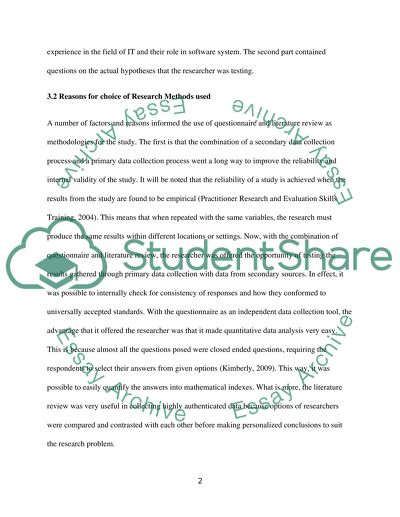Cite this document
(“Methodology and Analysis Essay Example | Topics and Well Written Essays - 3500 words”, n.d.)
Methodology and Analysis Essay Example | Topics and Well Written Essays - 3500 words. Retrieved from https://studentshare.org/information-technology/1483933-methodology-and-analysis
Methodology and Analysis Essay Example | Topics and Well Written Essays - 3500 words. Retrieved from https://studentshare.org/information-technology/1483933-methodology-and-analysis
(Methodology and Analysis Essay Example | Topics and Well Written Essays - 3500 Words)
Methodology and Analysis Essay Example | Topics and Well Written Essays - 3500 Words. https://studentshare.org/information-technology/1483933-methodology-and-analysis.
Methodology and Analysis Essay Example | Topics and Well Written Essays - 3500 Words. https://studentshare.org/information-technology/1483933-methodology-and-analysis.
“Methodology and Analysis Essay Example | Topics and Well Written Essays - 3500 Words”, n.d. https://studentshare.org/information-technology/1483933-methodology-and-analysis.


